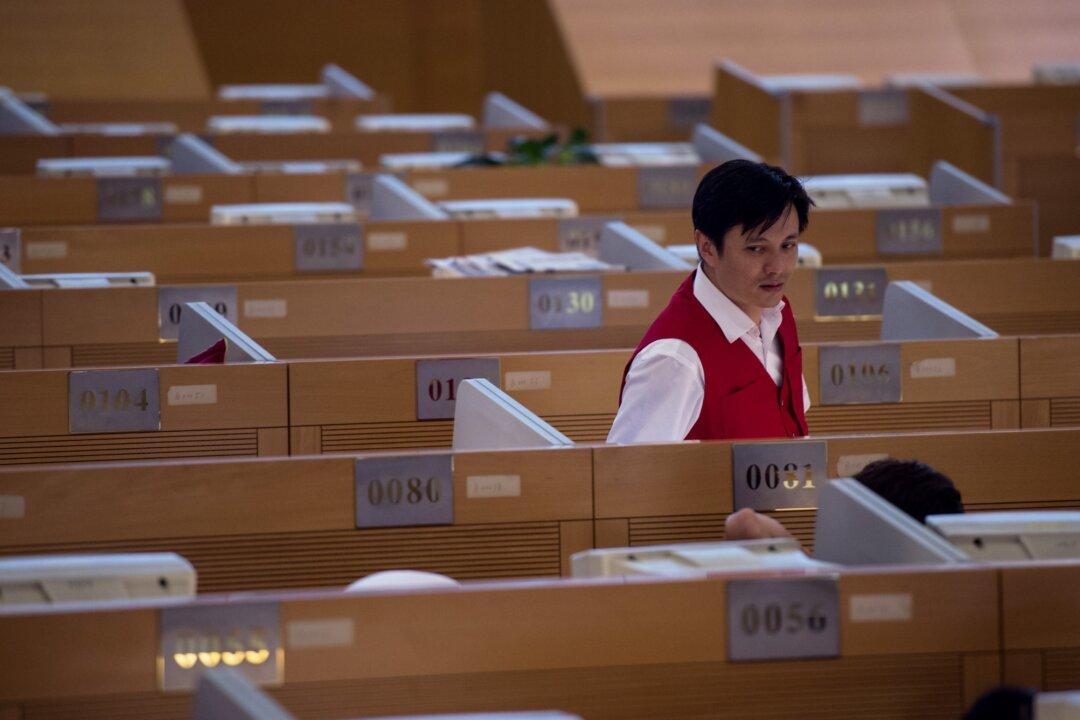Western commentators complain that China’s 7 percent stock crash on Jan.4 is a dreadful start to the new year.
Well, technically speaking, the Chinese still can hope their new year is going to be better than the old one, since Chinese New Year isn’t until February 8.
Until then, it looks like it’s going to be downhill for the economy, stocks, and the yuan.
The Shanghai composite slipped 6.9 percent to 3296 on Jan. 4, triggering circuit breakers. The onshore yuan dropped 0.37 percent against the dollar.

Google Finance





